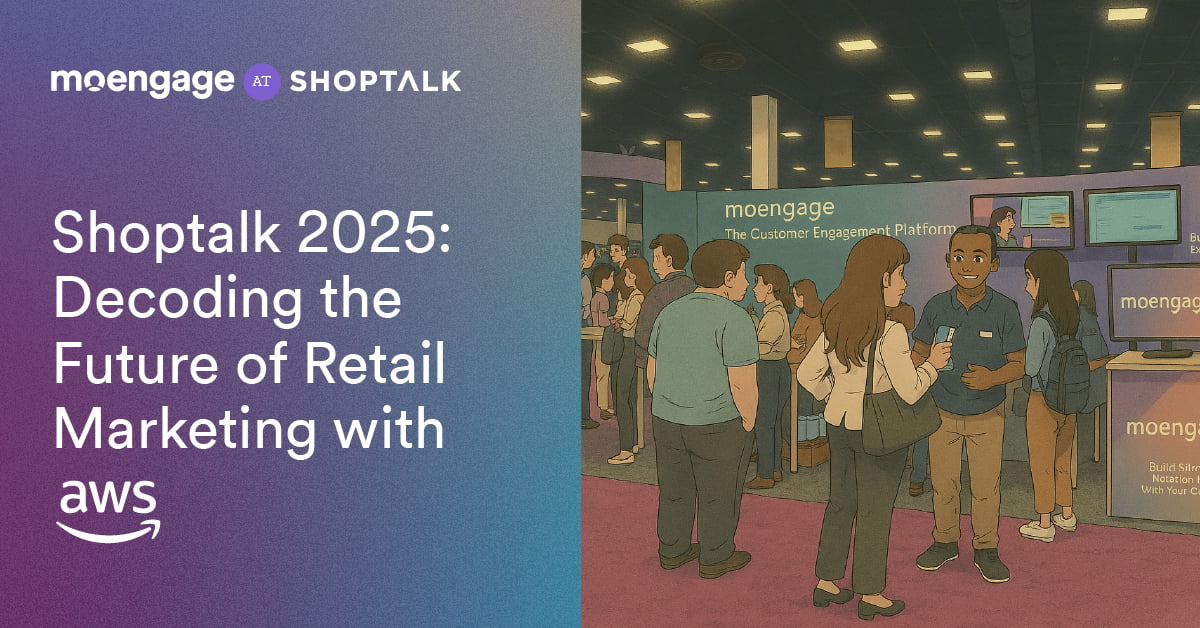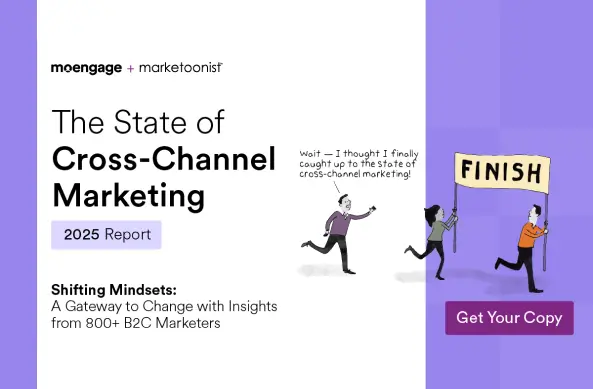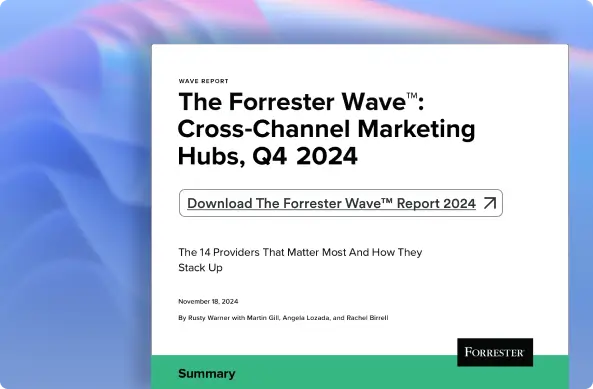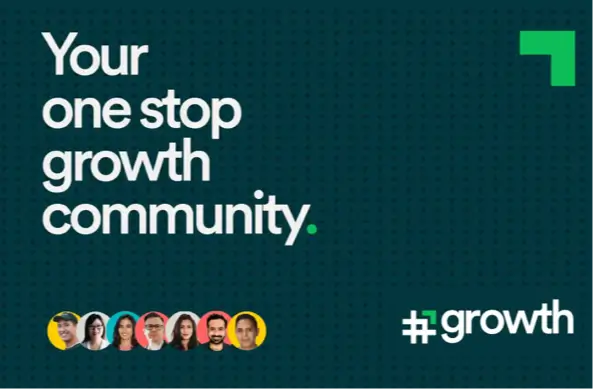Shoptalk 2025: Decoding the Future of Retail Marketing with AWS

Reading Time: 4 minutes
The retail landscape is continuously evolving, and Shoptalk 2025 has demonstrated this evolution vividly. At the event, we caught up with Amit R. Patil, WW Retail and Consumer Goods Industry Strategy and Business Development at AWS, to share his insights on retail marketing.
Here’s what he had to say:
Q1: What are some of the biggest retail marketing trends that stood out at Shoptalk? How do they align with the challenges and opportunities you’re seeing with your customers?
Ans: There was a lot of focus around hyper-personalization and the development of multimodal experiences throughout the event.
With hyper-personalization, the goal moved beyond just using a customer’s name in an email. Its aim is to truly understand individual preferences, past behaviors, and real-time context to deliver highly relevant and tailored interactions.
Secondly, multimodal experiences enable brands to engage with consumers through a variety of senses and formats. It’s not just about reading text on a website anymore. Brands are seeing a push towards richer media like video, interactive content, and even augmented reality. Utilizing these immersive experiences to capture attention and create more memorable brand interactions. While brands are embracing newer technologies that unify customer experience, only some of them have cracked the perfect customer engagement mix. This means brands are still in the early stages of seeing the full potential of these immersive strategies.
Q2: How does “immersive experience” translate to in practical terms for retail marketing?
Ans: A “immersive experience,” refers to the shift away from primarily text-based communication towards more engaging and visually appealing formats. Think about how users consume information in our daily lives – video is often preferred over long blocks of text. This is translating into retail marketing in significant ways.
For example, landing pages are evolving to feature more dynamic visual elements. This could be product demonstration videos, interactive 360-degree product views, or shoppable videos where users can click directly on items within the video to purchase.
But “multimodal” is broader than just video. It encompasses a wider range of media working together. This includes richer image-based content, more visually appealing layouts, and leveraging technologies to deliver experiences that are hyperlocal and hyper-personalized. The goal is to provide content that feels immediately relevant and contextual to the consumer in that specific moment. Imagine using an app that shows product recommendations based on your recent purchases and wishlist items, while also notifying you about price drops and discounts. That’s the kind of direction retail brands are heading in.
Q3: How do you think retail brands are leveraging AI to support this move towards greater personalization and engagement?
Ans: Retailers who are innovating are strategically using AI to power their personalization efforts. What’s interesting is the shift in focus. Initially, many personalization efforts were geared towards customer acquisition, like trying to attract new buyers with tailored offers. While acquisition is still important, there is a significant emphasis now on using personalization for customer retention and driving higher conversion rates amongst retail brands.
AI enables brands to analyze vast amounts of customer data such as purchase history, browsing behavior, preferences, interactions across different touchpoints. This enables them to build a much more nuanced understanding of the individual customers.
Based on this understanding, retailers can then deliver highly targeted product recommendations, personalized content, dynamic pricing, and even tailored customer service interactions. Brands are realizing that investing in sophisticated personalization strategies is where they get more “bang for their buck” in terms of building customer loyalty and driving sales.
Q4: Omnichannel has been a buzzword for a long time in retail. How are retailers evolving their approach to delivering seamless experiences across digital and physical channels? And where are they still falling short?
Ans: You’re right, “omnichannel” has been around for about a decade now. At Shoptalk, the conversation has definitely shifted around terms like “unified commerce“ or even “collaborative commerce“. This reflects a more evolved understanding of what it truly means to connect with consumers across all touchpoints.
The evolution is about moving beyond simply having a presence on multiple channels like website, app, physical stores, social media. It’s about creating truly seamless touchpoints where the customer experience feels consistent and integrated, regardless of how they choose to interact with the brand. This translates to several key areas like consistent visuals across platforms, same displays online and in-store, on-brand experience everywhere and a natural consumer pathway across all channels.
The ultimate goal for brands is putting the consumer at the absolute center of everything. The idea is that there should be no perceived disruption as a customer moves from browsing online to visiting a physical store and then perhaps engaging with the brand on social media later.
Real-Time Marketing at Scale: The MoEngage & AWS Advantage
MoEngage uses Amazon Web Services (AWS) and services like EC2, Kafka, Athena, SQS, Lambda, and Personalize to provide real-time customer engagement. This allows for personalized marketing in seconds and easy scaling for any size business. AWS helps MoEngage maintain a 99.99% uptime SLA in over 40 countries. MoEngage serves 1,350+ customers, manages 1.5 billion+ user profiles, and sends 4 billion+ messages daily using AWS.
MoEngage has also built integration with AWS CDS (across channels such as SMS, Email, WhatsApp), to enable brands to leverage the best of capabilities around Message Orchestration, journeys, Advanced AI features to optimize marketing campaigns, while maintaining very high standards of security and deliverability at the same time. Apart from this, MoEngage recently released its Warehouse Native integration with Amazon Redshift that utilizes zero-copy data personalization. This enables customers to securely access and utilise data in Redshift directly from MoEngage, without the hassle of copying or moving it.
Conclusion: Navigating the Evolving Retail Landscape
These trends at Shoptalk point towards a future where personalized and integrated experiences are paramount in retail marketing.
Embracing richer content formats and unified channel strategies is becoming increasingly important for staying competitive and meaningfully connecting with consumers in today’s evolving retail landscape.
Reach out to us if you want to chat more about Shoptalk or explore our offerings powered by AWS.







